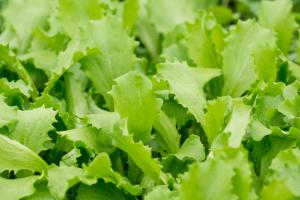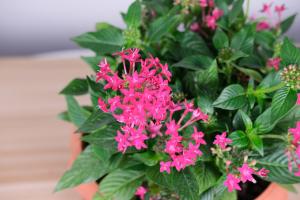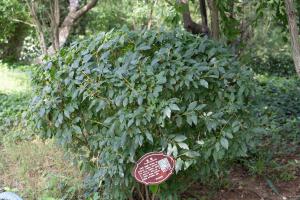A Central Vacuole of a Mature Plant Cell
Plant cells are structural units that make up various plant parts such as the stem, leaves, and roots. These cells have several features that distinguish them from animal cells, one of which is the presence of a large central vacuole. The central vacuole is a vital organelle in plant cells that plays a crucial role in maintaining plant cell structure, storing different compounds, and regulating plant growth and development.
Structure of a Central Vacuole
A central vacuole is a membrane-bound organelle that lies in the middle of the plant cell. The central vacuole contains a large fluid-filled cavity known as the cell sap. The cell sap mainly consists of water, nutrients, and different ions such as potassium and chloride ions. The central vacuole is also surrounded by a single membrane known as the tonoplast, which separates the cell sap from the cytoplasm of the cell. The tonoplast is a selective membrane that regulates the passage of different ions and molecules into and out of the central vacuole.
Functions of a Central Vacuole
The central vacuole in plant cells has several functions that are essential for plant growth and development. Some of its functions include;
Storage
The central vacuole is the primary storage space in plant cells. It stores different compounds such as ions, sugars, amino acids, and pigments in the cell sap. The central vacuole also stores waste products and other substances that the plant may not need. This function helps to maintain cell turgor pressure, which is important for plant support and rigidity.
Regulating Osmotic Pressure
The central vacuole is involved in regulating the osmotic pressure of plant cells. The concentration of solutes in the cell sap of the central vacuole determines the osmotic pressure of the cell. The regulation of osmotic pressure is essential for plant cells to maintain their shape, prevent damage from mechanical stress, and function properly.
Regulating pH
The central vacuole is involved in regulating pH in plant cells. The cell sap in the central vacuole is acidic, with a pH range of 5-6. This acidic environment helps the plant cells to carry out different metabolic processes such as enzyme activity and protein synthesis. The regulation of pH also helps plants to adapt to different environmental conditions and resist pathogens.
Conclusion
The central vacuole is a crucial organelle in plant cells that plays a vital role in plant growth and development. It is involved in various functions such as storage, regulating osmotic pressure, and regulating pH. The central vacuole's ability to store different compounds and regulate different cellular processes is critical for plant survival and adaptation to different environmental conditions. Therefore, it is essential to understand the structure and functions of the central vacuole to appreciate the unique properties of plant cells.

 how many times do yo...
how many times do yo... how many planted tre...
how many planted tre... how many pine trees ...
how many pine trees ... how many pecan trees...
how many pecan trees... how many plants comp...
how many plants comp... how many plants can ...
how many plants can ... how many plants and ...
how many plants and ... how many pepper plan...
how many pepper plan...






























